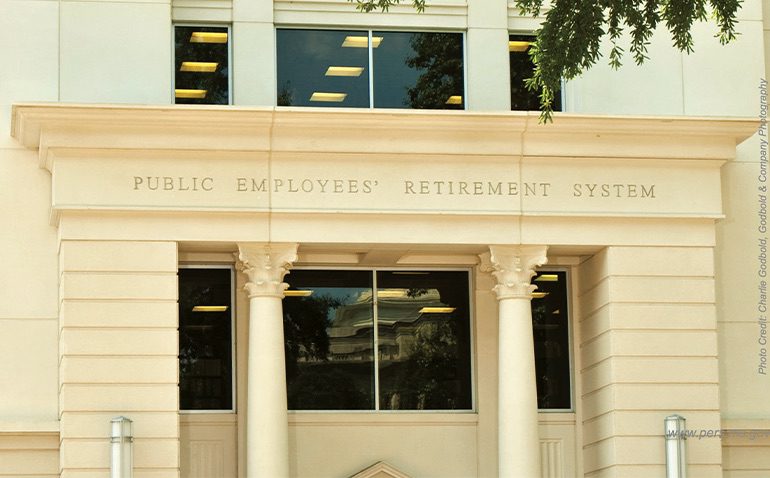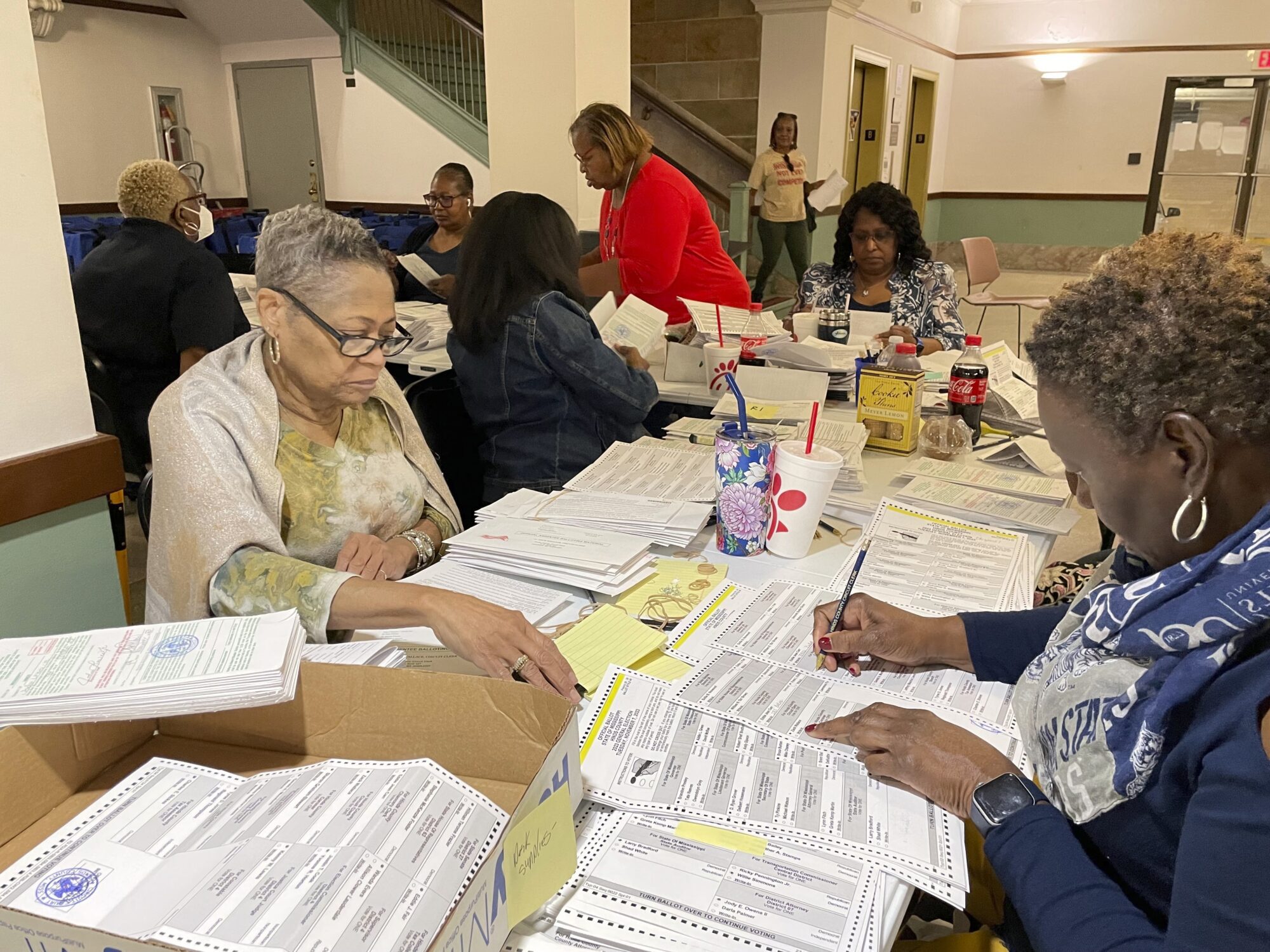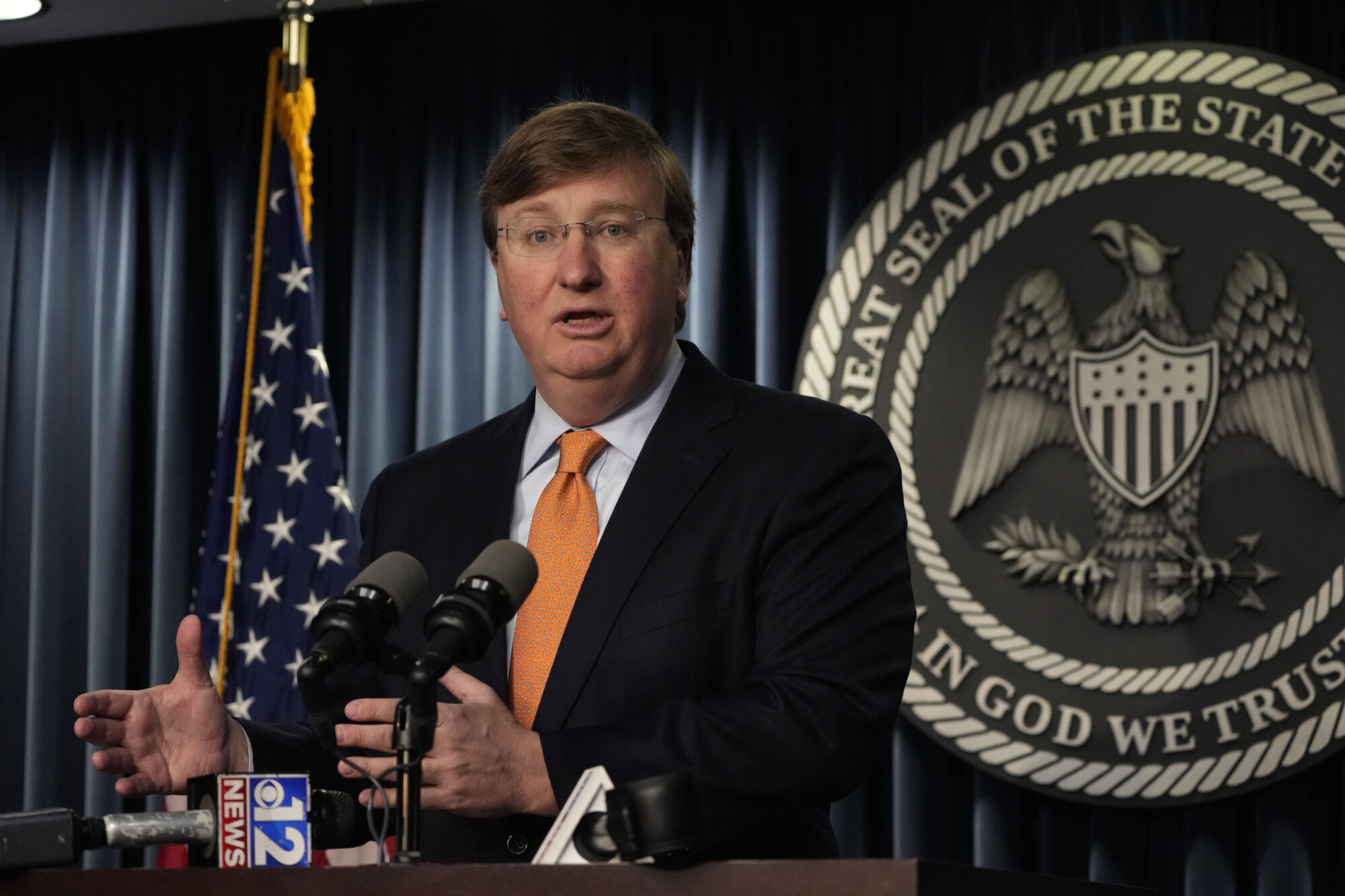
- Members of the House PERS Select Committee are evaluating opportunities to stabilize and better secure lawmakers’ commitment to current and future state retirees.
For nearly three hours on Thursday afternoon, members of the House Public Employee Retirement System (PERS) Select Committee heard how Alabama turned its once-struggling public retirement programs into a well-funded, diversified system.
Over the last 15 years, Alabama has revamped its approach to funding its public retirement system, creating multiple programs to support various sectors, including teachers, local government, state government, police and state troopers, other first responders, and the judicial system.
Legislative counsel for the Retirement Systems of Alabama said more than 70 percent of the state’s retirement funds come from investments. Nearly half of the funds come from domestic and international equity. About nine percent comes from real estate, with all but two pieces of property being Alabama-based. The property includes mainly brick and mortar structures as well as golf courses.
“Real estate is more liquid than fixed income,” said State Rep. Henry Zuber (R), House select committee chairman.
Neah Mitchell Scott told the committee that in September 2024, Alabama saw double-digit returns on all its investments, around $8 billion.
Mississippi lawmakers questioned Scott on how the Retirement Systems of Alabama is structured. She said the majority of the investment decisions are made in-house, with outside agencies used only when state statute requires, such as when utilizing an actuary agency.
When Alabama started restructuring its state employee retirement system in 2011, it had one tier, but a second tier was created after the U.S. recession caused some economic distress in the state. The second tier increased the number of years a person must work for Alabama state employees to retire while also upping the age and employee contribution level.
Scott said the Alabama system is now being reexamined by the state legislature as young teachers are concerned about teaching in the state for 30-plus years before reaching retirement age.
Also testifying at the Mississippi legislative meeting was Steven Gassenberger, a policy analyst with the Reason Foundation. He told the packed hearing room that legislation passed during the last session which added a new tier for future employees hired after March 2026 would help keep the system solvent.
PERS is more than $25 billion in debt and has only 56 percent of the funds needed to meet its long-term financial obligations. Gassenberger estimated that Mississippi must spend $110 million over the next four years for PERS to be financially solvent by the late mid-century mark.
“The $110 million figure,” he said, “is where we begin to see the grass.”
The grass is greener because that is where higher interest rates are collected, he said. His estimates, he warned, are based on the assumption that two recessions will not occur within that timeframe.
“A $110 million over four years sounds high, but put it in today, so you can avoid devastation in the future,” Gassenberger urged lawmakers.
He praised the Legislature for creating a new Tier 5 and advised the legislators to pay off unfunded liabilities. Gassenberger suggested government leaders examine what neighboring Louisiana did by paying off its debts earlier than scheduled, which helped its retirement system become more financially stable.
As noted by Speaker Jason White (R) in a social media post earlier in the day, the House has proposed an annual dedicated stream of revenue for PERS for the last two years but has failed in the Senate. He said the House will continue to evaluate opportunities that stabilize and secure lawmakers’ commitment to current and future state retirees.
Of note, State Rep. Lee Yancey (R) raised a concern over the state paying an outside firm nearly $100 million per year in investment fees. He questioned if that could be handled in house.
“That’s one of the questions, whether we should be paying $100 million in fees on $36 billion in assets,” Yancey pointed out.










